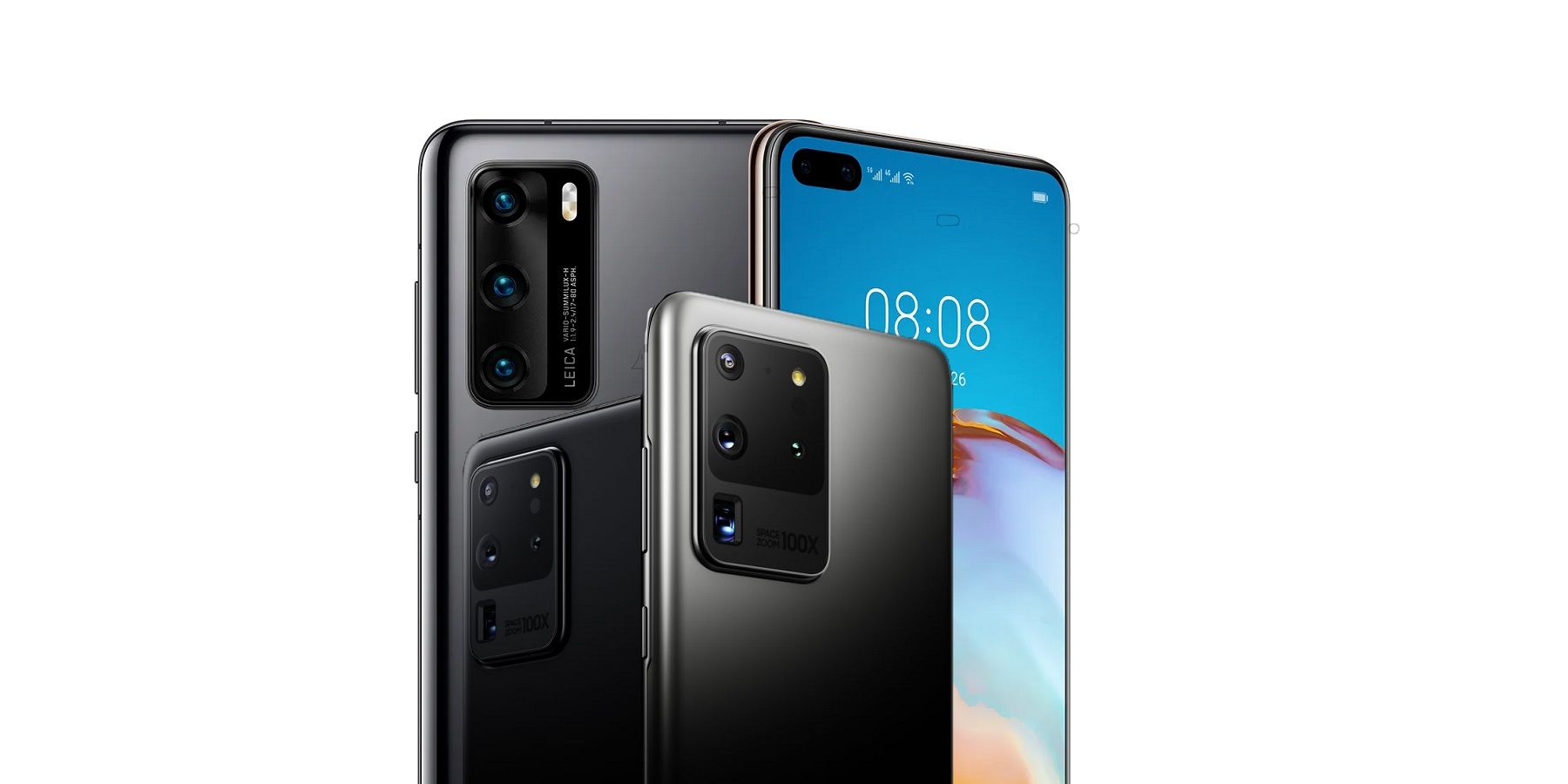
Huawei was in a "virtual tie" with Samsung as the number one smartphone supplier in the second quarter of 2020, according to the latest data. However, these results appear to have more to do with a decline in Samsung phone sales than anything else, although it does also come at a time when all of Huawei's operations are facing increasing pressure outside of China.
Both tech companies have released high-end smartphones in the last few months with Huawei coming out with its P40 line in April (June for the P40 Pro+) and Samsung releasing its Galaxy S20 line in March, then the new Galaxy Note20 series earlier this month. All these devices have received generally favorable reviews, but it seems the desire to own a new smartphone isn't what it was in 2019.
According to Gartner, just under 295 million smartphones were sold globally in Q2, which is a year-over-year drop of over 20-percent. The decline is likely tied to the COVID-19 pandemic which has deterred prospective buyers from upgrading, as well as venturing outside, and even going to work. Furthermore, Samsung appears to have been one of those hit the hardest. The South Korean company sold just under 55 million smartphones in the second quarter and this compares to the more than 75 million units during the same period last year. That's a decrease of more than 27-percent.

Similar to Samsung, Huawei also sold less phones in Q2 2020, but the drop wasn't nearly as devastating. According to the data, the company shipped a little over 54 million units in the quarter, compared to more than 58 million in Q2 2019 — a decrease of 6.8-percent. The Chinese company also benefited from the fact that, as the novel coronavirus hit China early, it has mostly recovered from the economic impact. Gartner points out that most countries had some form of shelter-in-place or stay-at-home restrictions during most of the second quarter which decreased smartphone demand in general, although that wasn't the case for China. As a result, Huawei's smartphone sales actually managed to increase quarter-over-quarter.
Meanwhile, Apple finished the quarter in a distant third after having shipped around 38.3 million smartphones in the second quarter. However, unlike the other two smartphone-makers, its sales were relatively steady year-over-year. For example, while Apple shipped 38.5 million phones in Q2 2019, the decrease represented a mere 0.4-percent. Like Huawei, Apple also saw quarter-over-quarter growth. The new edition of its mid-range iPhone SE, which Apple launched in April, appears to have helped convince older smartphone users to upgrade.
Source: Gartner
from ScreenRant - Feed https://ift.tt/3lkyo7t

0 Comments